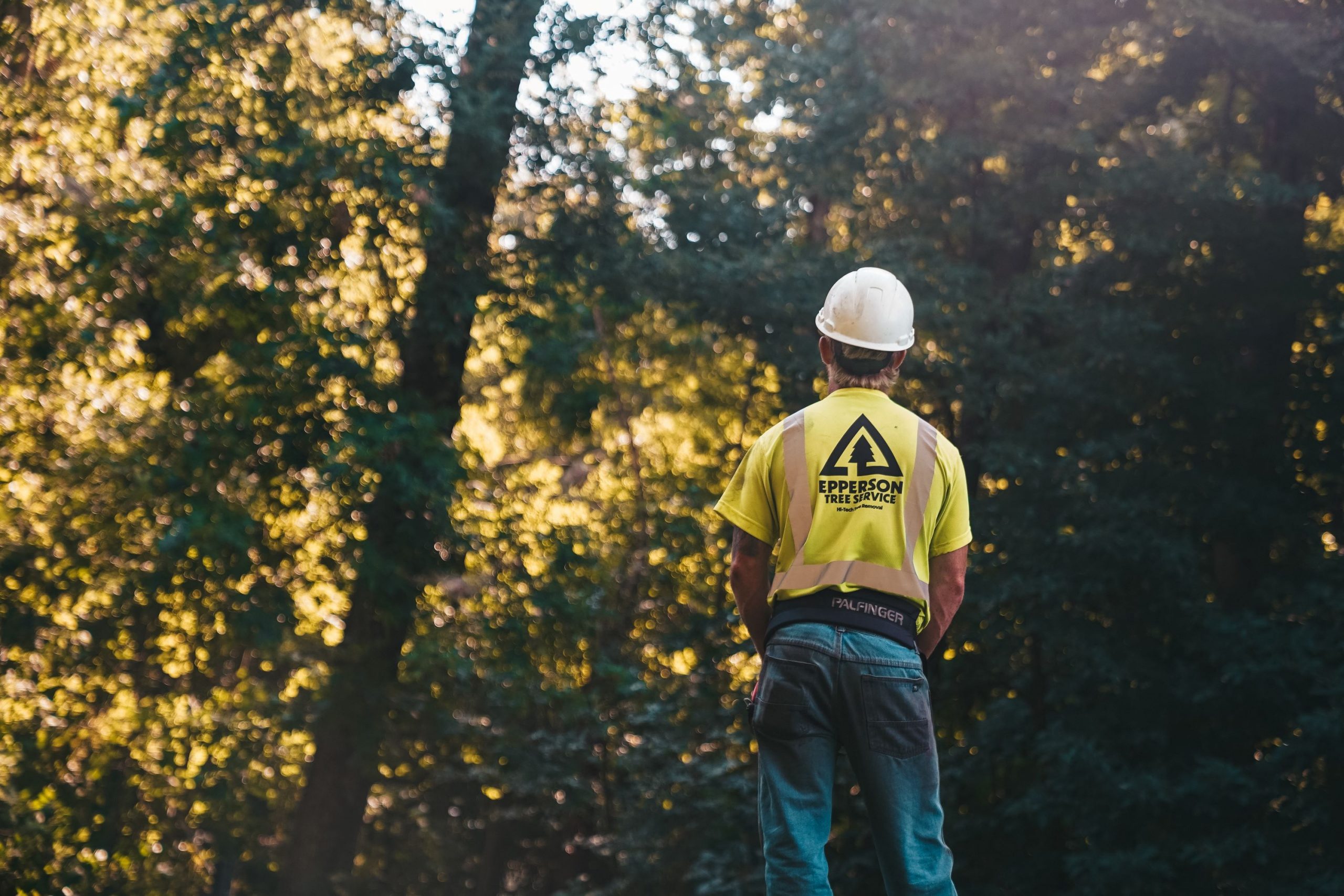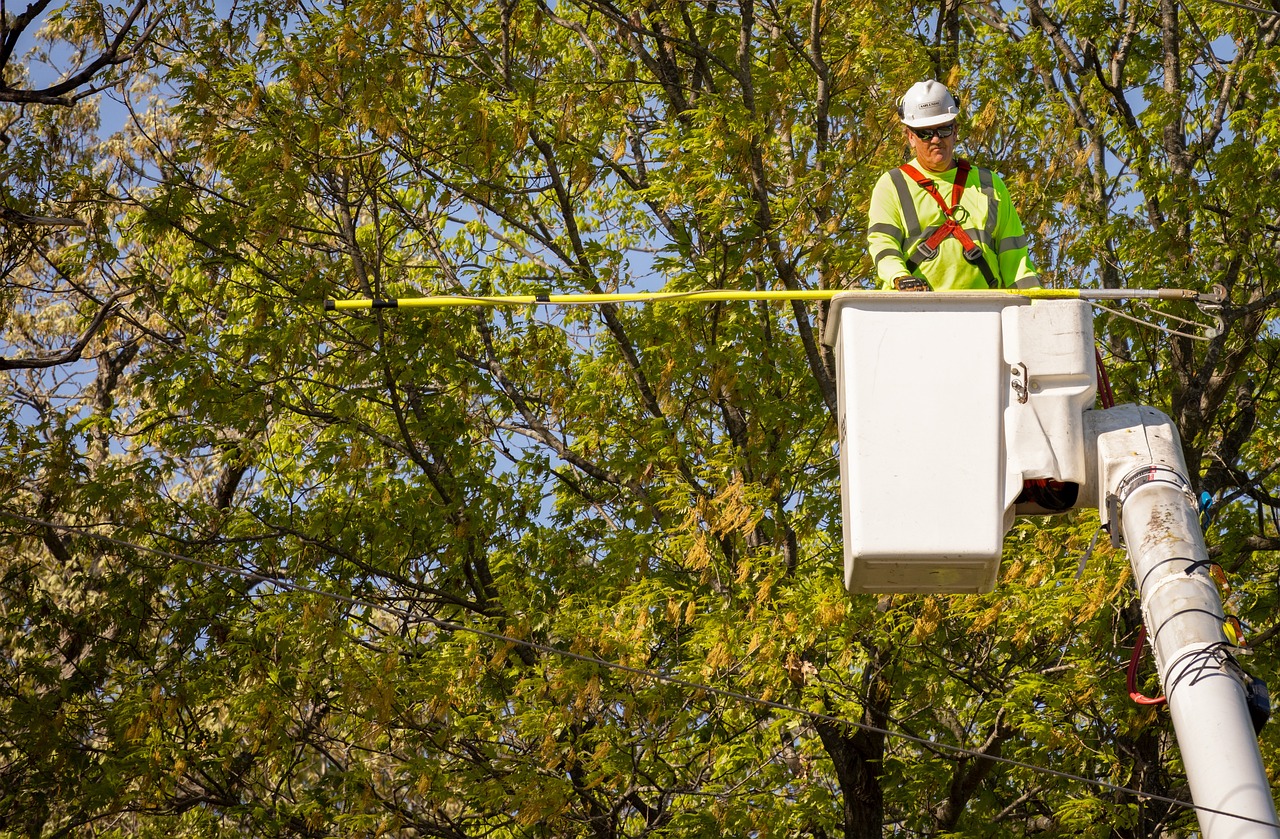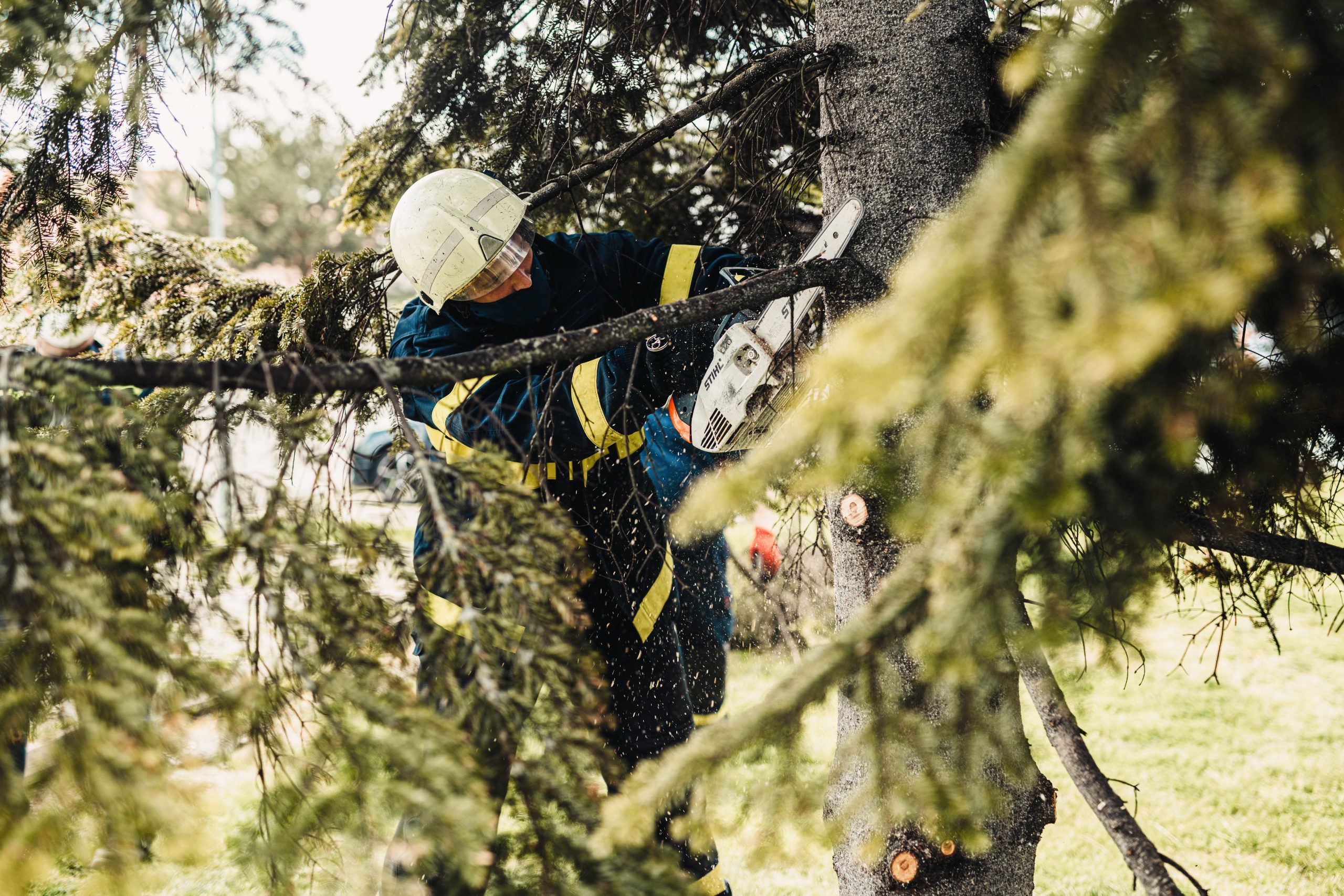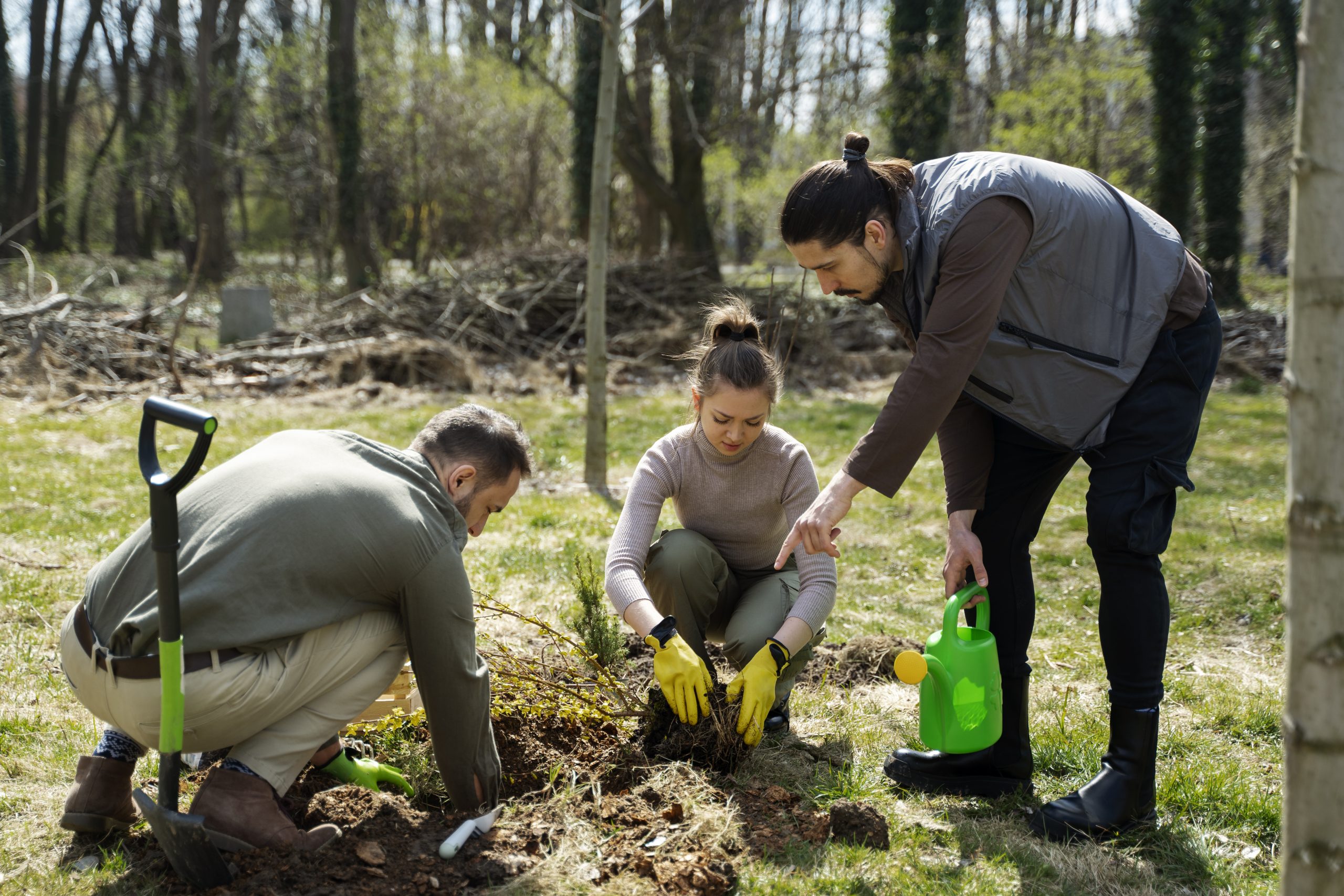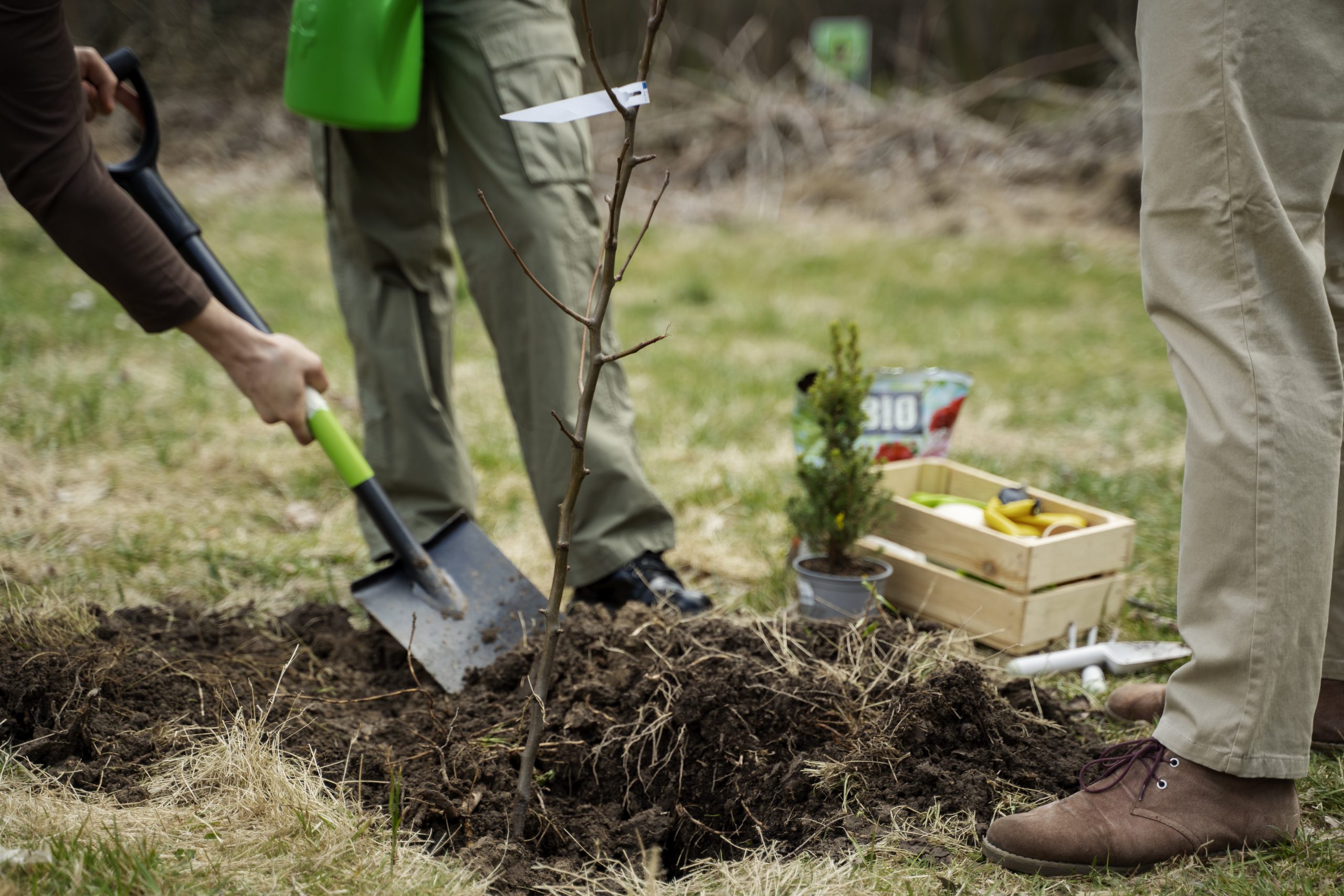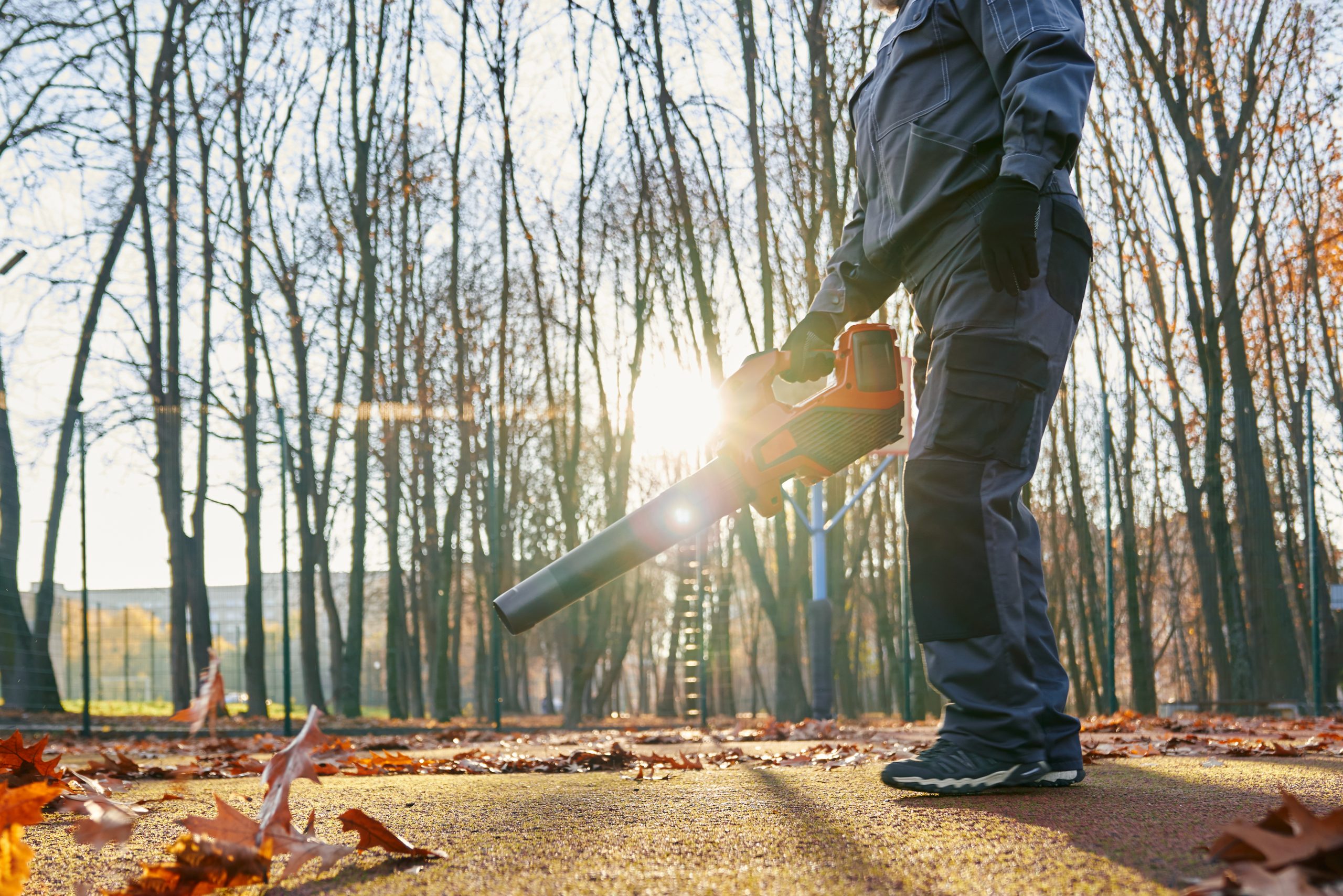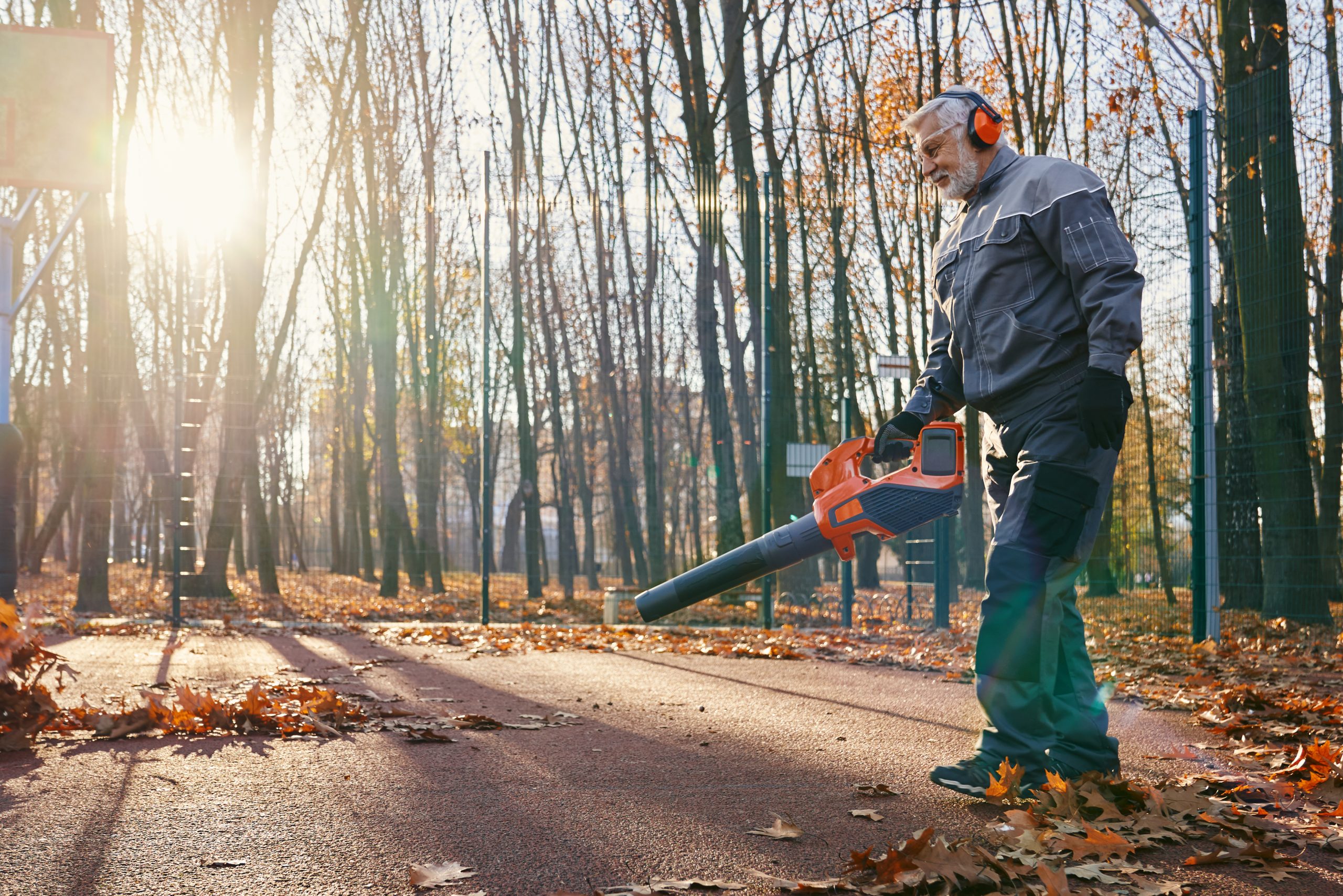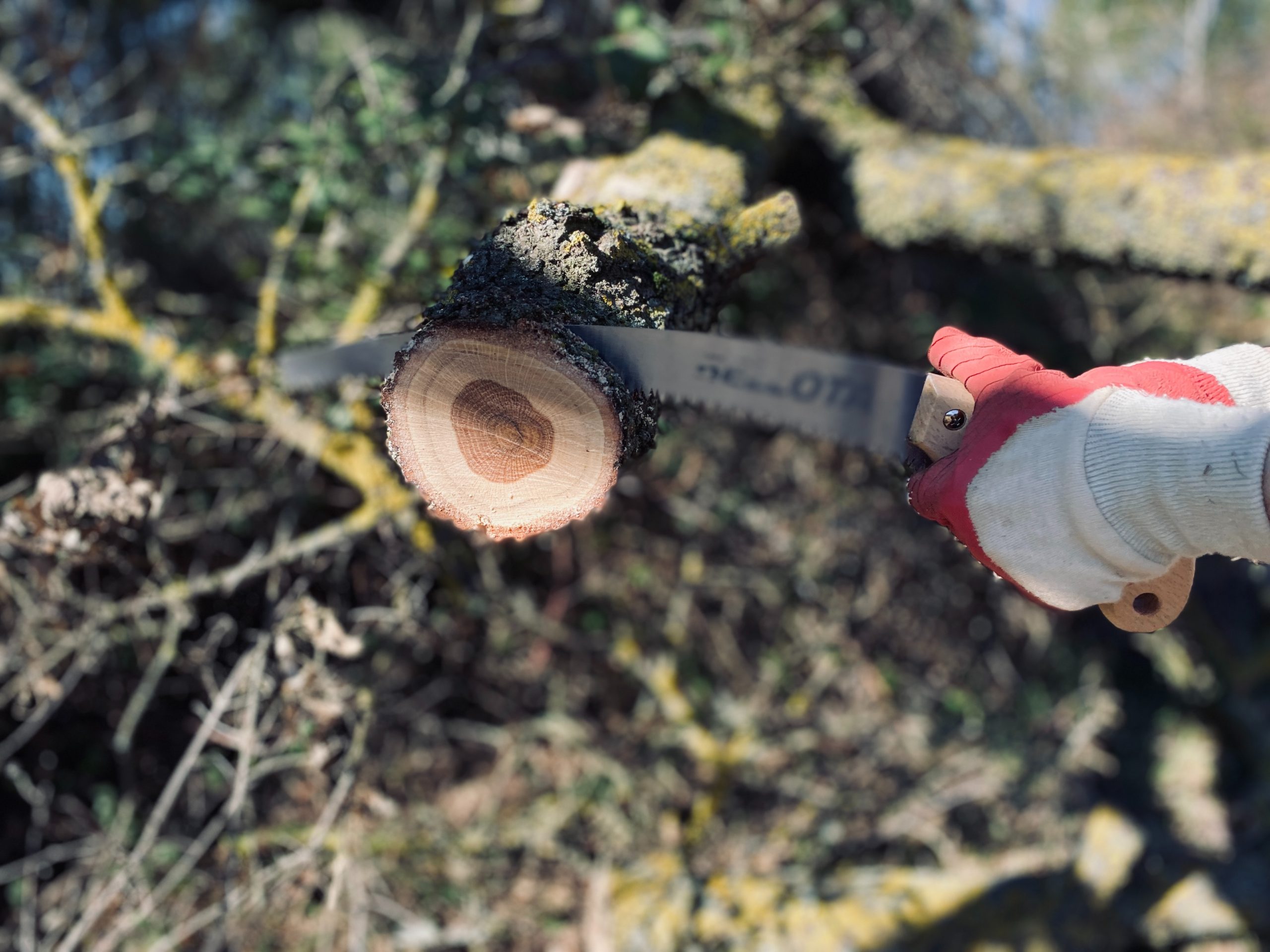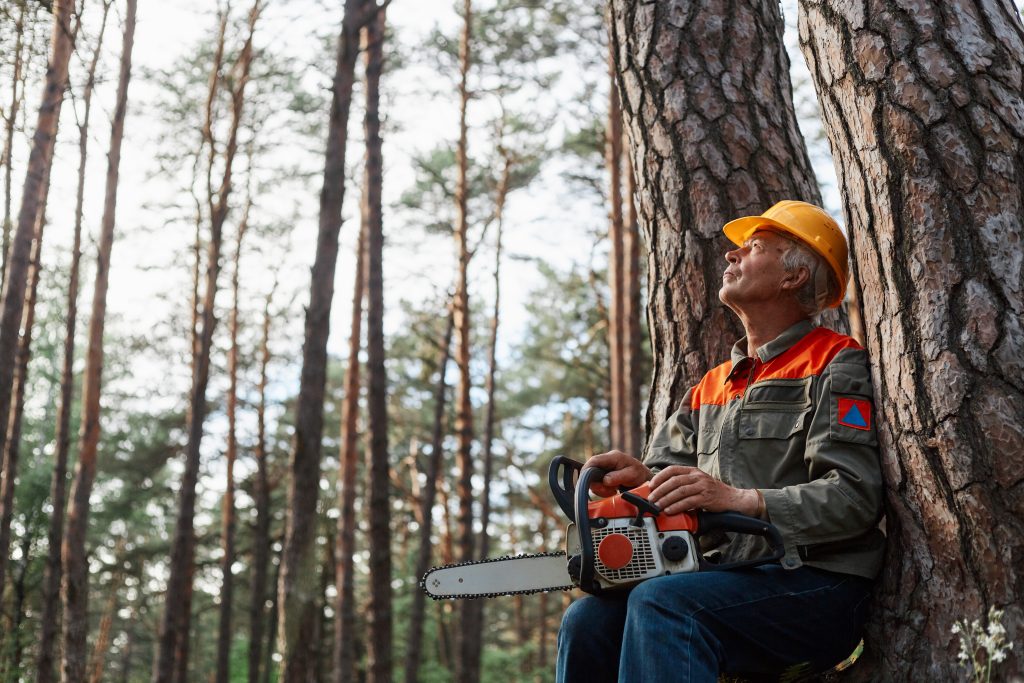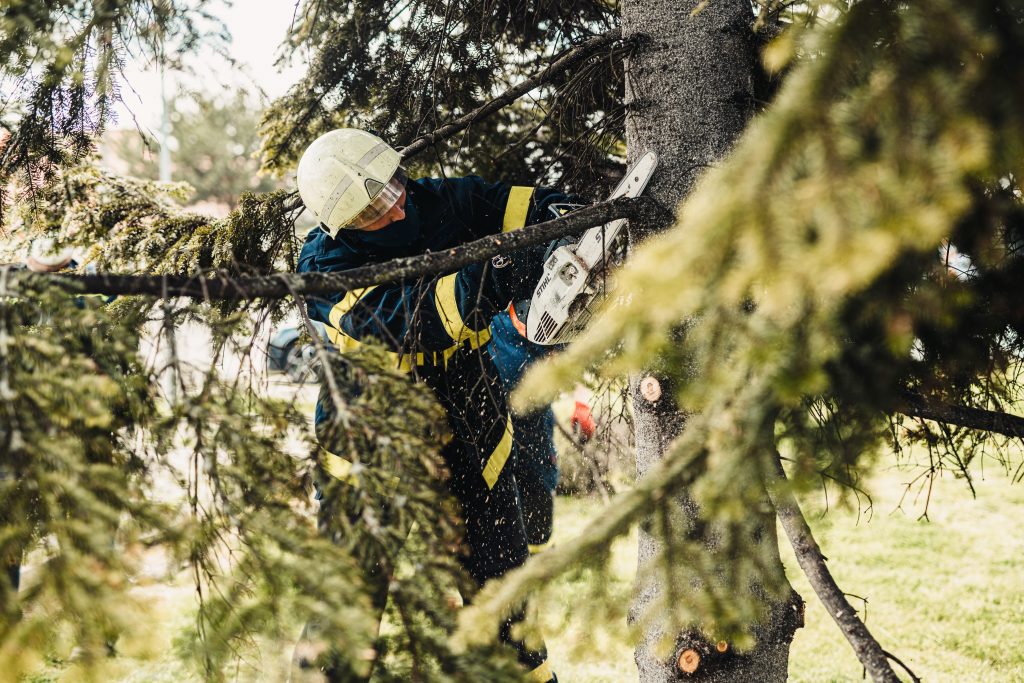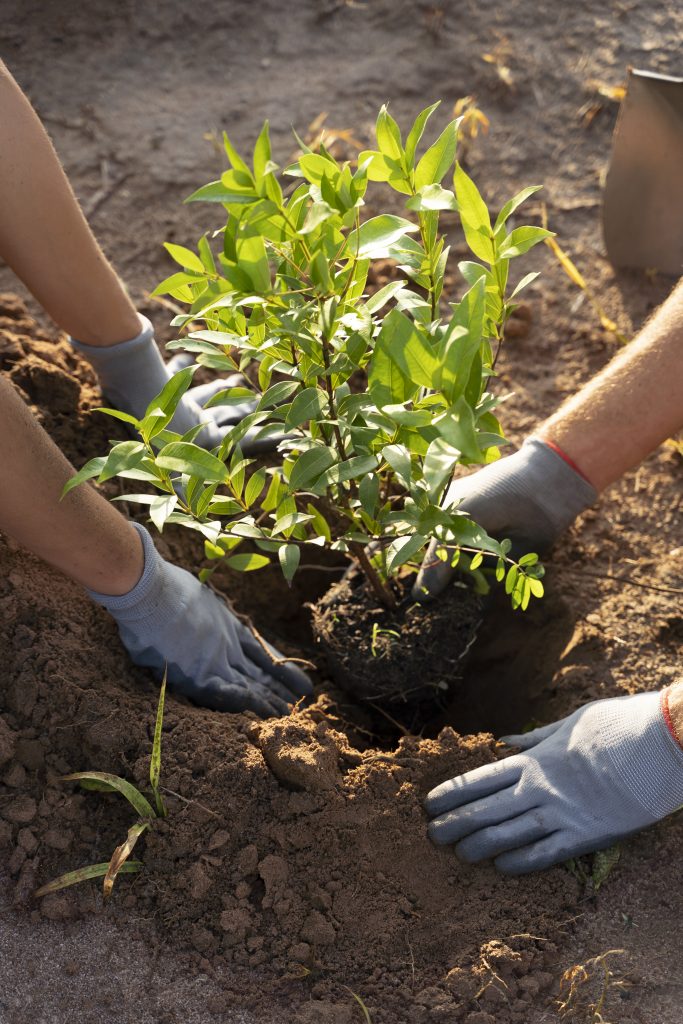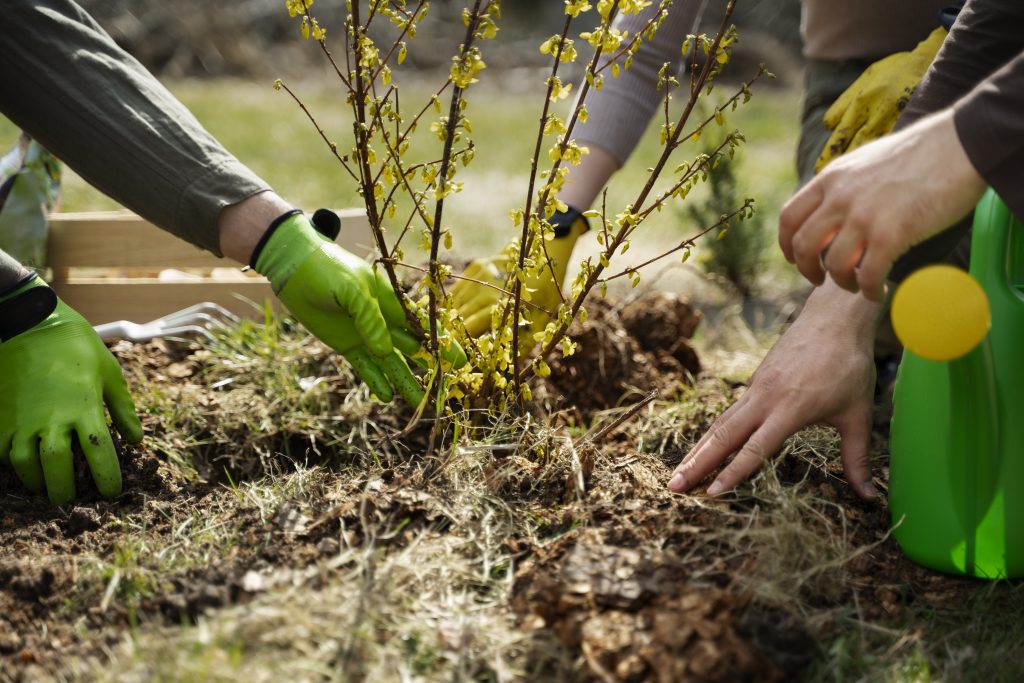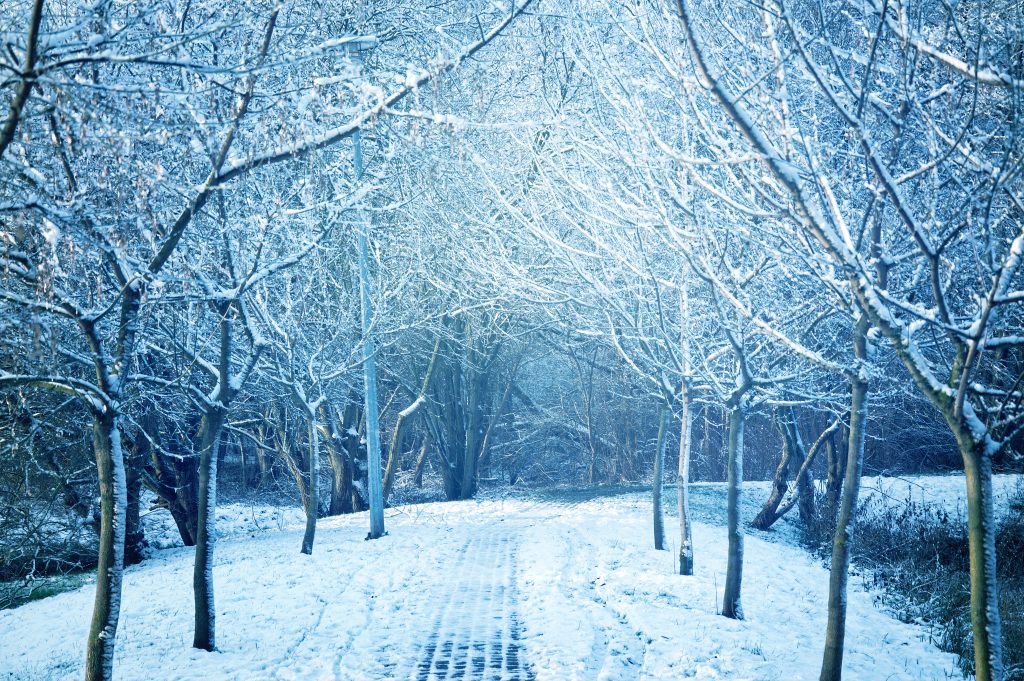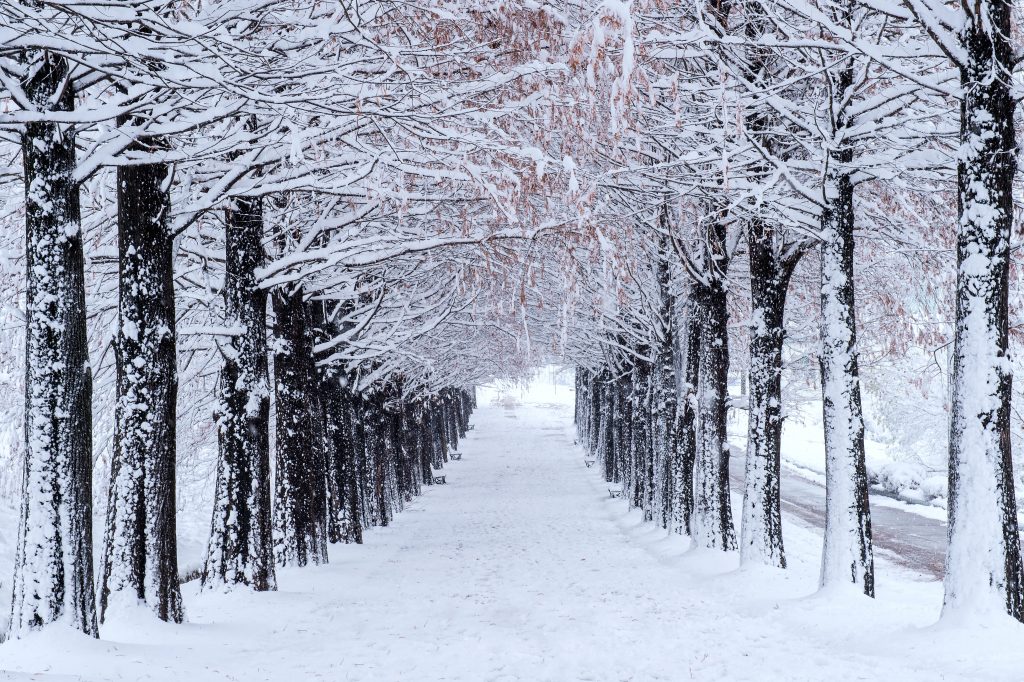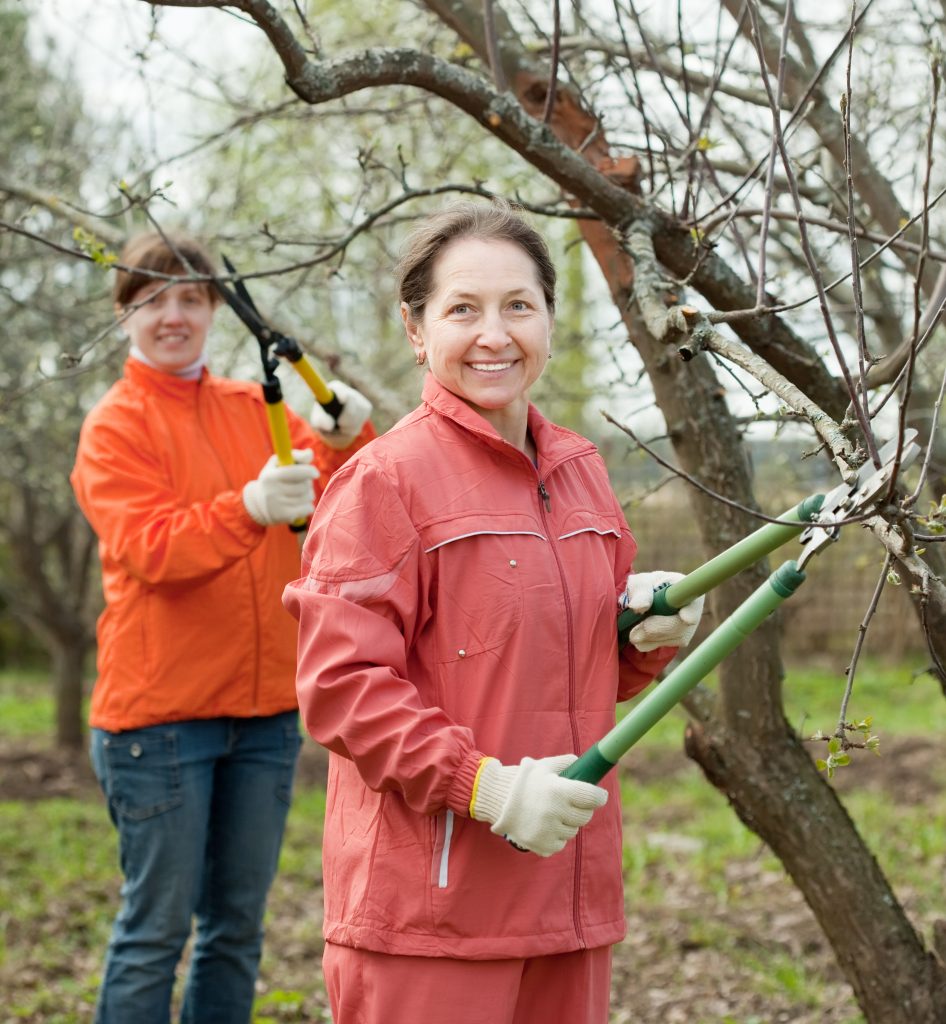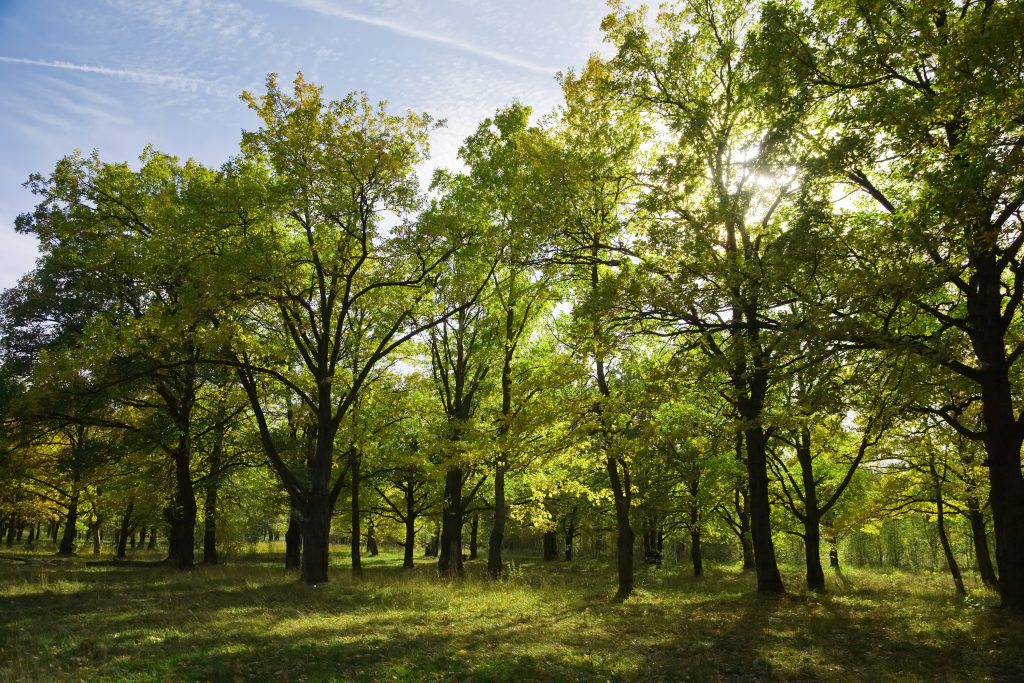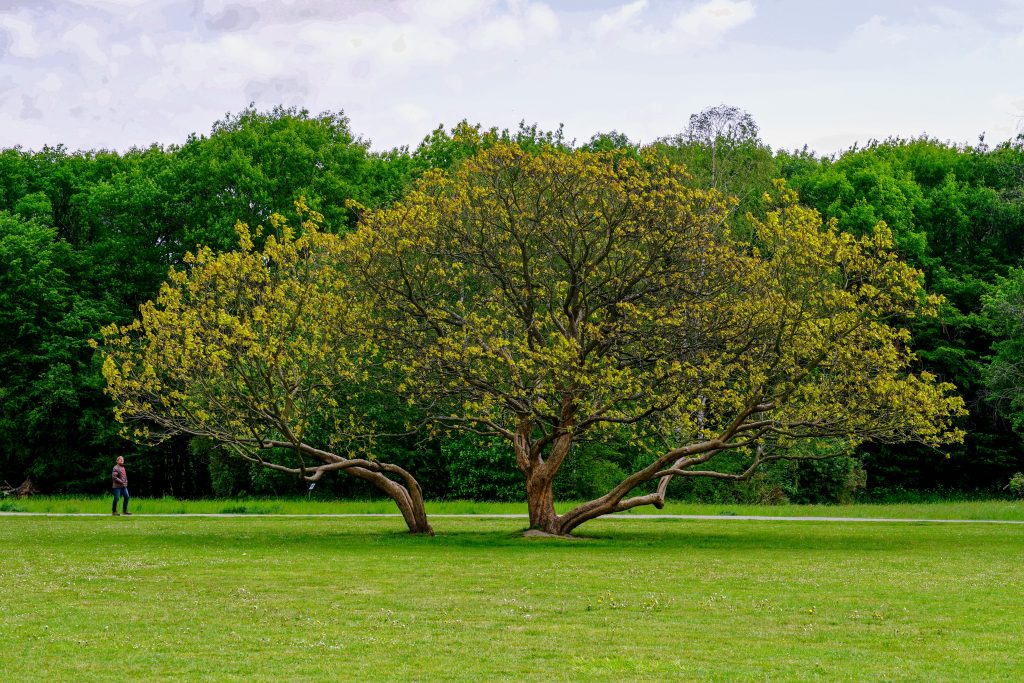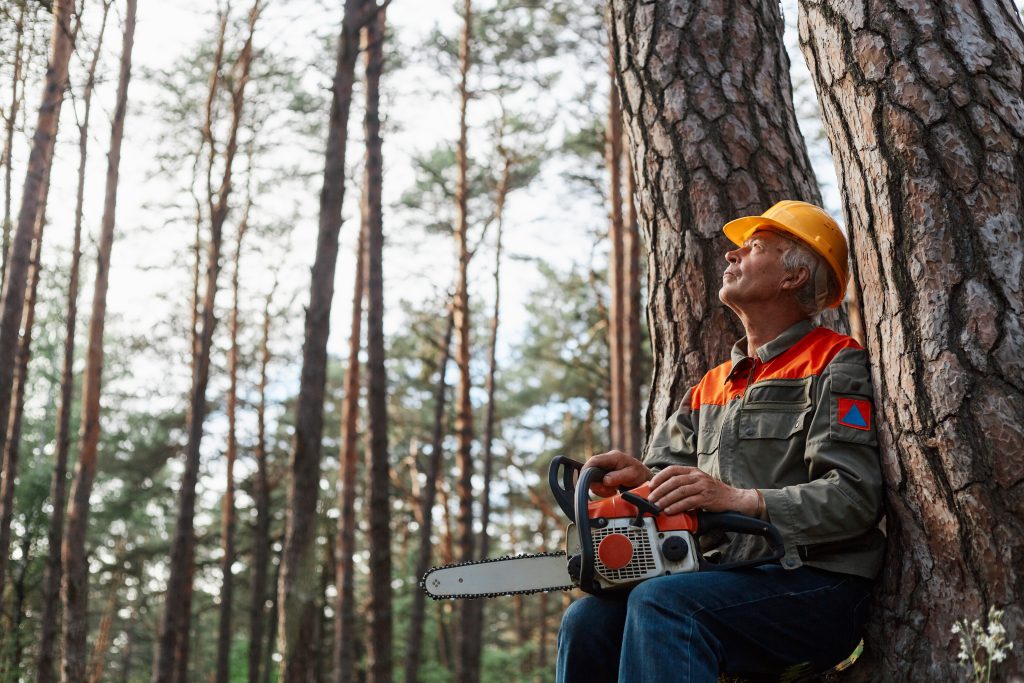BEST PRACTICES FOR PREVENTING TREE DAMAGE FROM WIND AND STORMS
BEST PRACTICES FOR PREVENTING TREE DAMAGE FROM WIND AND STORMS
Trees play a vital role in the ecosystem, providing numerous ecological, aesthetic, and practical benefits to our surroundings. However, their significance is often magnified during wind and storms, when the health and safety of trees become critical considerations.
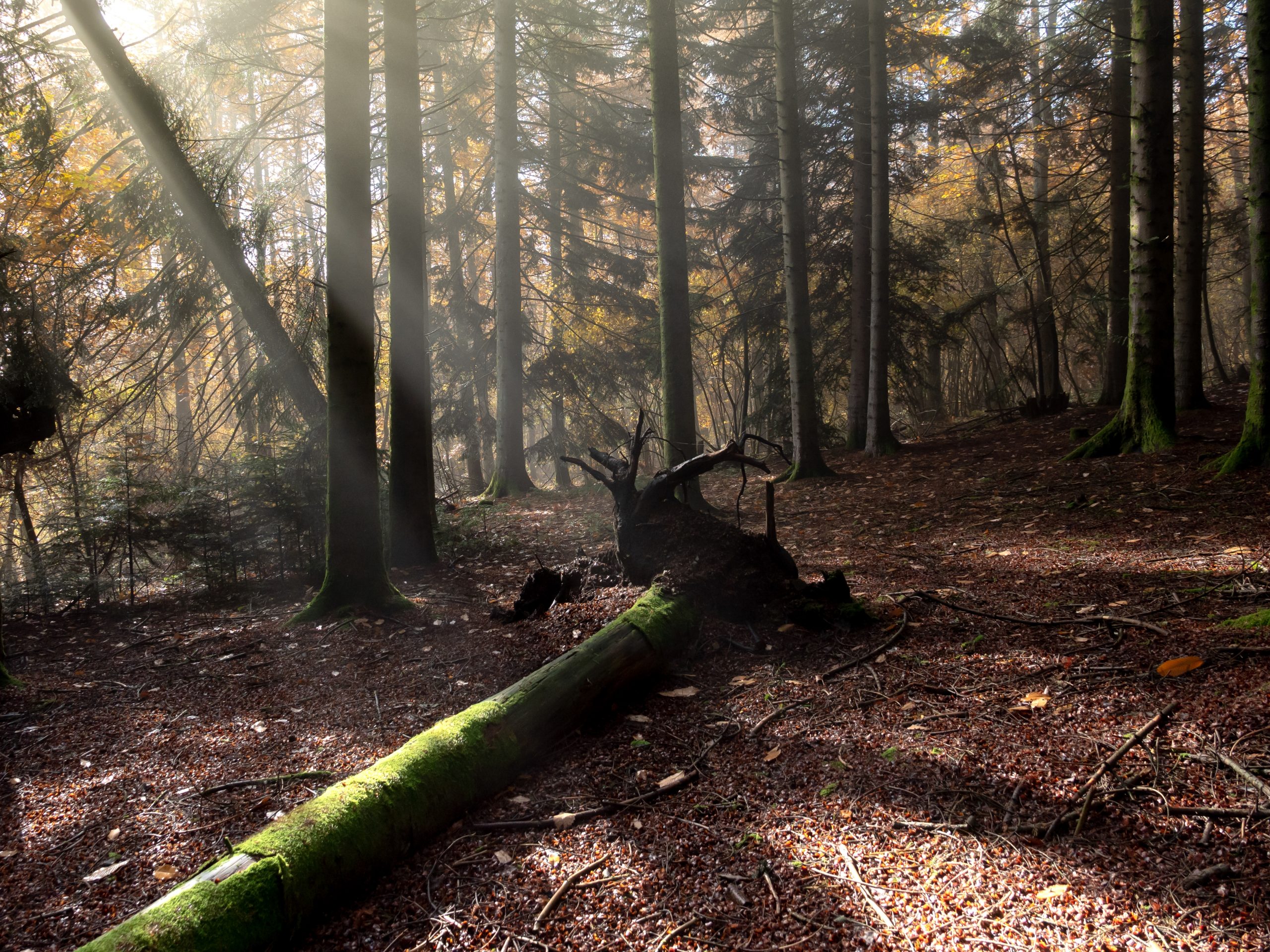
Trees are valuable assets that contribute to the beauty and health of our environment. However, they can be susceptible to damage from strong winds and storms. Implementing best practices to minimize tree damage is crucial to ensure the safety of people and property while maintaining the integrity of the ecosystem. Here are effective strategies for mitigating the impact of wind and storms on trees:
- Tree Selection and Placement A. Choose appropriate tree species that are well-suited to the local climate and soil conditions. B. Avoid planting trees too close to buildings, power lines, and other structures that can pose risks during storms. C. Consider the mature size of trees to prevent overcrowding and potential hazards.
- Structural Pruning A. Regularly prune trees to develop strong branch attachments and a balanced canopy structure. B. Remove dead, diseased, or weak branches that could become projectiles during storms. C. Thin dense foliage to reduce wind resistance and allow air to pass through the canopy.
III. Soil Health and Root Care A. Maintain healthy soil by providing proper irrigation and applying organic mulch around the base of trees. B. Avoid soil compaction and construction activities that can damage root systems. C. Create adequate root space by planting trees at appropriate distances from structures.
- Support Systems A. Install cabling and bracing systems to reinforce weak branches and prevent splitting. B. Regularly inspect and adjust support systems to accommodate tree growth and changes in structural stability.
- Windbreaks and Protective Barriers A. Plant windbreaks or hedges around vulnerable trees to reduce wind speed and turbulence. B. Install physical barriers, such as burlap or screens, to shield trees from strong winds.
- Hazard Assessment and Tree Health Monitoring A. Regularly assess trees for signs of decay, disease, or structural weaknesses. B. Prioritize the removal of hazardous trees or limbs that pose immediate risks to safety.
VII. Emergency Preparedness A. Develop an emergency plan that outlines procedures for addressing tree damage during storms. B. Identify professional tree services that can respond promptly to emergency situations.
VIII. Mulching and Watering A. Apply a layer of organic mulch around the base of trees to retain soil moisture and improve root health. B. Ensure adequate watering to prevent water stress and enhance overall tree resilience.
- Prudent Tree Removal A. If a tree poses persistent risks despite mitigation efforts, consider removing it in a controlled manner. B. Consult with certified arborists to make informed decisions about tree removal.
- Public Awareness and Education A. Educate the community about proper tree care practices and storm preparedness. B. Foster a sense of shared responsibility for maintaining healthy and safe trees in the neighborhood.
- Conclusion A. Recap of the best practices to minimize tree damage from wind and storms. B. Reinforcement of the importance of proactive tree care and management. C. Encouragement to implement these strategies to protect trees, promote safety, and preserve the environment.
Emphasis On Proactive Measures And Planning
When it comes to safeguarding trees from the potential hazards of wind and storms, the significance of proactive measures and thoughtful planning cannot be overstated. Rather than waiting for adverse weather to strike, taking preemptive actions and creating a comprehensive plan can make a substantial difference in minimizing tree damage. This section highlights the benefits and key components of adopting a proactive approach to tree protection.
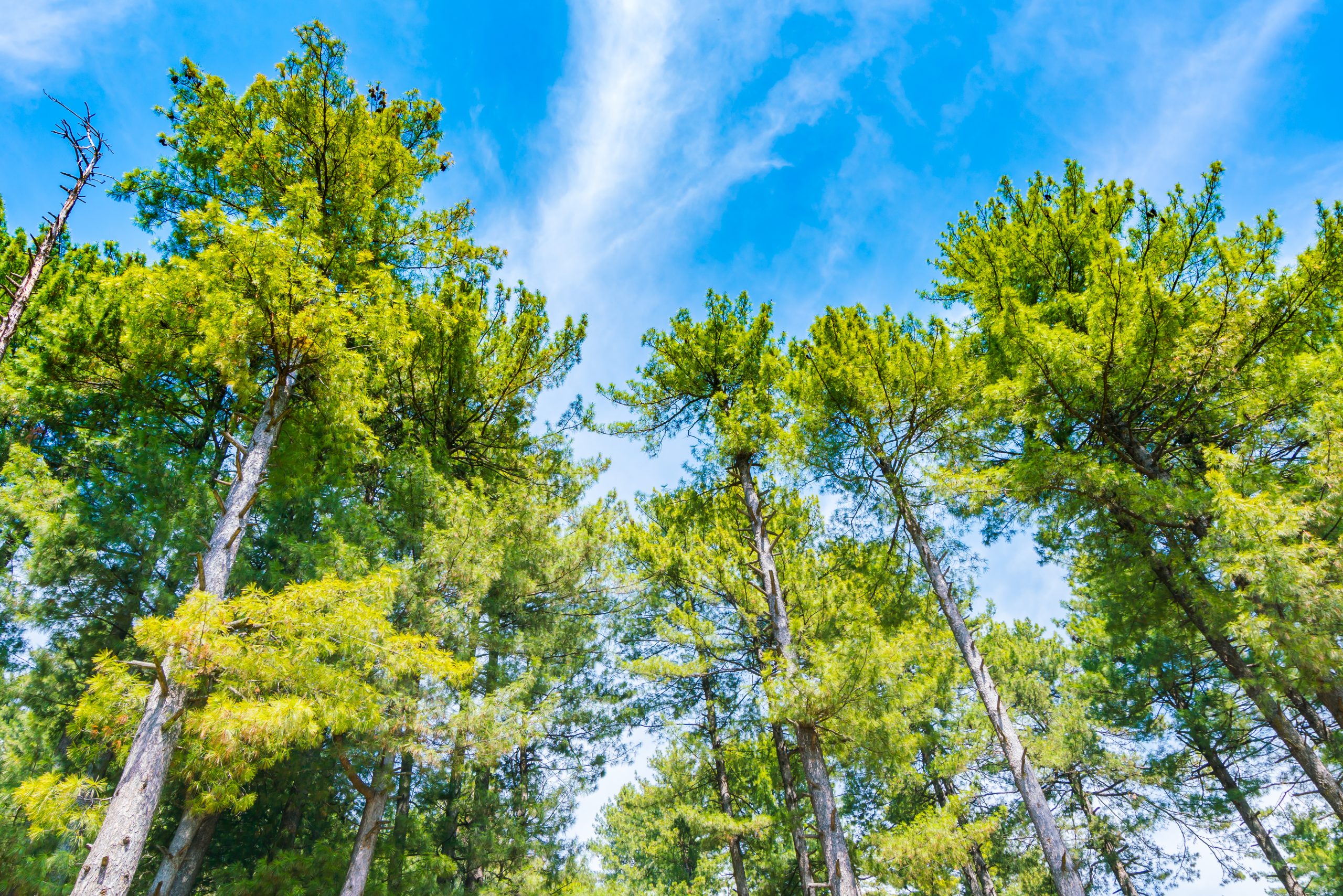
- Anticipating Potential Risks A. Recognizing the vulnerability of trees to wind and storm damage. B. Understanding the local climate and historical weather patterns.
- Planning for Tree Placement A. Selecting appropriate locations for planting trees to avoid future hazards. B. Considering factors such as mature tree size, growth habits, and proximity to structures.
III. Incorporating Resilient Species A. Choosing tree species that have demonstrated resilience to wind and storms. B. Consulting with local arborists or horticulturists for expert advice on suitable species.
- Early Structural Pruning A. Implementing pruning practices that promote strong branch attachments from an early age. B. Developing a well-balanced canopy structure that minimizes vulnerability to wind loads.
- Regular Tree Maintenance A. Establishing a routine schedule for tree health assessments and maintenance. B. Addressing issues such as disease, pests, and structural weaknesses promptly.
- Implementing Support Systems A. Identifying trees with structural weaknesses and installing appropriate support systems. B. Cabling and bracing weak branches to prevent breakage during storms.
VII. Creating Emergency Plans A. Developing a clear and comprehensive emergency plan for addressing tree damage. B. Designating roles, responsibilities, and procedures for immediate response.
VIII. Educating Residents and Stakeholders A. Raising awareness among residents, community members, and property managers about tree care and storm preparedness. B. Conducting workshops or informational sessions on best practices for tree protection.
- Consulting Arborists A. Collaborating with certified arborists or tree care experts for professional assessments and recommendations. B. Seeking guidance on proper tree management techniques tailored to the local environment.
- Investing in Sustainable Landscaping A. Incorporating trees and vegetation as part of a holistic and resilient landscape design. B. Enhancing the overall ecosystem health and reducing vulnerability to extreme weather events.
About Murray, Utah
Murray is a city situated on the Wasatch Front in the core of Salt Lake Valley in the U.S. state of Utah. Named for territorial governor Eli Murray, it is the state's fourteenth largest city. According to the 2020 census, Murray had a population of 50,637. Murray shares borders with Taylorsville, Holladay, South Salt Lake and West Jordan, Utah. Once teeming with heavy industry, Murray's industrial sector now has little trace and has been replaced by major mercantile sectors. Known for its central location in Salt Lake County, Murray has been called the Hub of Salt Lake County. Unlike most of its neighboring communities, Murray operates its own police, fire, power, water, library, and parks and recreation departments and has its own school district. While maintaining many of its own services, Murray has one of the lowest city tax rates in the state.
Neighborhoods in Murray, Utah
Murray Oakes, Grant Park, Southwood Park, Murray Park, Murray Park Restrooms, Willow Pond Park, Neighborhood Veterinary Care
Things To Do in Murray, Utah
Bus Stops in Murray, Utah to Truco Services, Inc.
Bus Stop in Murray Central Station (Bay C) Murray, Utah to Truco Services, Inc.
Bus Stop in State St @ 4801 S Murray, Utah to Truco Services, Inc.
Bus Stop in Murray North Station Murray, Utah to Truco Services, Inc.
Bus Stop in State St @ 4949 S Murray, Utah to Truco Services, Inc.
Bus Stop in Murray Central Frontrunner/Trax Station Murray, Utah to Truco Services, Inc.
Bus Stop in Murray Blvd / Vine St (SB) Murray, Utah to Truco Services, Inc.
Bus Stop in State St @ 3925 S Murray, Utah to Truco Services, Inc.
Bus Stop in State St @ 4824 S Murray, Utah to Truco Services, Inc.
Bus Stop in State St @ 5223 S Murray, Utah to Truco Services, Inc.
Bus Stop in Murray Blvd / Allendale Dr (NB) Murray, Utah to Truco Services, Inc.
Bus Stop in Murray Blvd @ 5039 S Murray, Utah to Truco Services, Inc.
Bus Stop in State St @ 4721 S Murray, Utah to Truco Services, Inc.
Driving Directions in Murray, Utah to Truco Services, Inc.
Driving Directions from Woodruff Tree Trimming and Removal to 4640 Commerce Dr, Murray, UT 84107, USA
Driving Directions from Reliable Tree Care to 4640 Commerce Dr, Murray, UT 84107, USA
Driving Directions from Tree Pro-Tech to 4640 Commerce Dr, Murray, UT 84107, USA
Driving Directions from Prestige Tree And Landscape to 4640 Commerce Dr, Murray, UT 84107, USA
Driving Directions from Excellence Tree & Landscape to 4640 Commerce Dr, Murray, UT 84107, USA
Driving Directions from Amen Trees to 4640 Commerce Dr, Murray, UT 84107, USA
Driving Directions from Tim's Tree Care to 4640 Commerce Dr, Murray, UT 84107, USA
Driving Directions from Jordan Tree Service - Murray to 4640 Commerce Dr, Murray, UT 84107, USA
Driving Directions from Arbor Works to 4640 Commerce Dr, Murray, UT 84107, USA
Driving Directions from Diamond Tree Experts to 4640 Commerce Dr, Murray, UT 84107, USA
Driving Directions from Green Tree Arborist to 4640 Commerce Dr, Murray, UT 84107, USA
Driving Directions from TruCo Services to 4640 Commerce Dr, Murray, UT 84107, USA
Reviews for Truco Services, Inc. Murray, Utah
Emily Abercrombie
We had a great experience with TruCo! They were well priced, responsive and prompt. Michael was a pleasure to work with and gave us advice on which plants to put in where we took out our ugly old shrubs. I would highly recommend this company!!!
Michelle Turpin
TruCo Services gets 5 stars from us for customer service. We experienced a few issues with their services this last year and Rob Eccles in senior management, stepped in and immediately handled our issues. He was very committed to making sure they understood our expectations and would execute to make us happy.
Siobhan Billingsley
I work for a property management company and have the pleasure of working with Rob at a community in Sandy. He has been incredible to work with and always responds in a timely manner. He knows all the homeowners by name and address and is aware of all the "problem" areas when it comes to sprinklers. I never have to worry about following up with him because he always reaches out to provide me with an update. If you're looking to work with someone who takes pride in their job, is professional, and can solve the worst landscaping problems thrown your way, Rob is your guy. Thank you, Rob for all you do!
Jaime S.
We have used Truco at 2 of the complexes we manage, they have been great to work with. Good quality service, outstanding customer service with good communication. That's hard to find these days. I highly recommend them. Travis has been awesome to work with.
Jerusha Smart
We use TruCo for a majority of our properties and our home. While other landscaping companies we use come and go for various reasons like cost, communication issues, work performance, etc., TruCo is always consistent in price and work. Also, Rob is the best.
